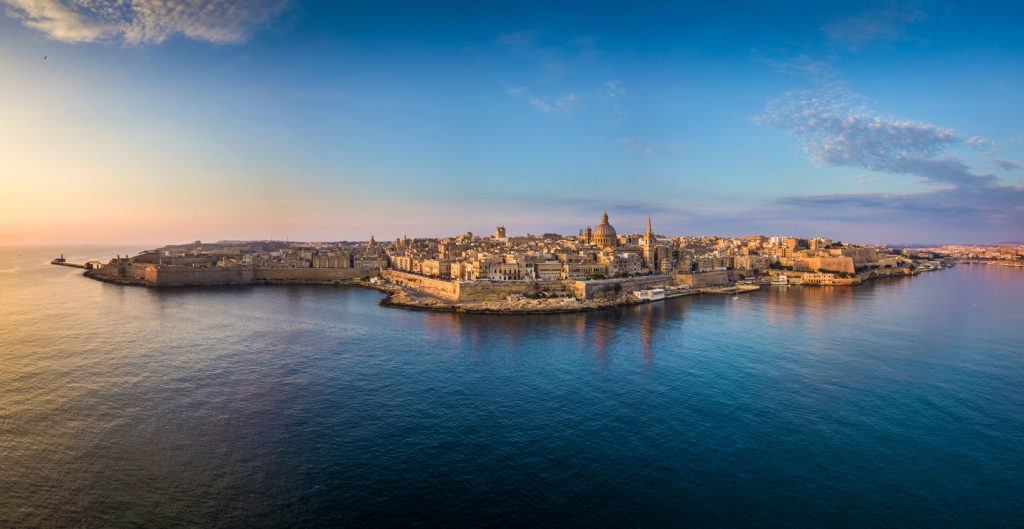Malta registers biggest population increase ever

Malta’s population soared by a quarter in just a decade, with the rise being fuelled by foreigners who now account to more in every five inhabitants of the archipelago. These demographic trends were revealed by the National Statistics Office as part of the first tranche of information related to the 2021 national census.
The preliminary population count estimated from the latest Census is 519,562. This means that over a century, the population of Malta has more than doubled (by 2.5 times), while in the past 10 years, it grew by nearly a quarter. This was a result of a consistent increase of the population by 10,000 persons per year since 2011, the highest average intercensal growth ever recorded to date. This represents nearly a threefold increase over the largest intercensal change previously recorded between the years 1931 and 1948, which stood at 3,786. This unprecedented growth contrasts with an average annual increase of just under 1,000 persons observed during the 19th century.
The other main demographic trends observed were the following:
- Increases in the population count from 2011 were recorded in every district, the most being in the Northern District (47% or 30,000 persons) and the least in the Southern Harbour District (8.3%).
- The largest three localities are San Pawl il-Baħar, Birkirkara and Il-Mosta – accounting for 15.7% of the total population. The population in San Pawl il-Baħar almost doubled, exceeding 32,000 inhabitants.
- Malta is by far the most densely populated country in the EU with 1,649 persons per square kilometre compared to almost 100 persons per square kilometre for the EU.
- Tas-Sliema is the most densely populated locality with 15,167 persons per square kilometre while L-Għasri is the least with 104 persons per square kilometre – the latter being the only locality which is comparable to the EU average.
- More males than females were recorded for the first time in a Census, standing at 52%.
- More than one in five persons is a foreigner. Foreigners are predominantly males and younger in age compared to their Maltese counterparts. Almost a third of all foreigners reside in San Pawl il-Baħar, Tas-Sliema or Msida.
- The average age of the population was 41.7 years, with Gozitan residents being slightly older than the Maltese. The Maltese population is still relatively young compared to the EU.
- L-Imdina had the oldest residents with an average age of 53.8 years, while Ix-Xgħajra had the youngest residing population (37 years).
- A total of 9,545 persons resided in institutions, with more than half (57.2%) residing in homes for the elderly.
